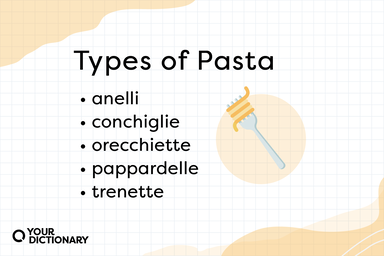The companion cells are cut off from the same cells as those which unite to form the sieve tube.
The end wall is usually very thin, and the protoplasm on artificial contraction commonly sticks to it just as in a sieve-tube, though no perforation of the wall has been found.
The structure formed by a number of such cells placed end to end is called a sieve-tube (obviously comparable with a xylem-vessel), and the end-wall or area of endwall occupied by a group of perforations, a sseve-plate.
When the sieve-tube has ceased to function and the protoplasm, slime strings, and callose have disappeared, the perforations through which the slime strings passed are left as relatively large holes, easily visible in some cases with low powers of the microscope, piercing the sieve.plate.
Among Gymnosperms the secondary xylem is similarly simple, consisting of tracheids which act as stereom as well as hydrom, and a little amylom; while the phloem-parenchyma sometimes undergoes a differentiation, part being developed as amylom, part as proteid cells immediately associated with the sieve-tube, in other cases the proteid cells of the secondary phloem do not form part of the phloem-parenchyma, but occupy the top and bottom cellrows of the medullary rays, the middle rows consisting of ordinary starchy cells.





